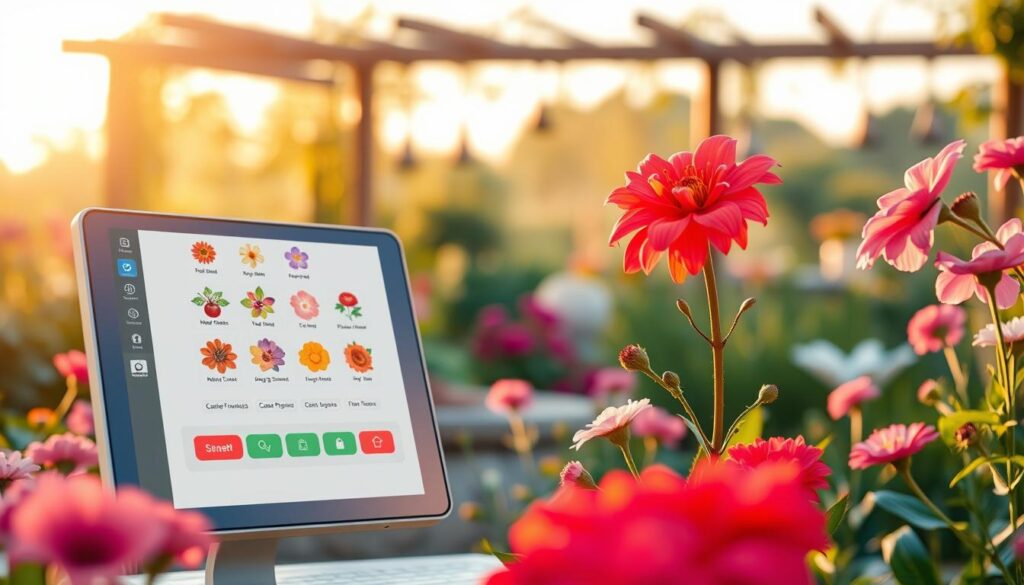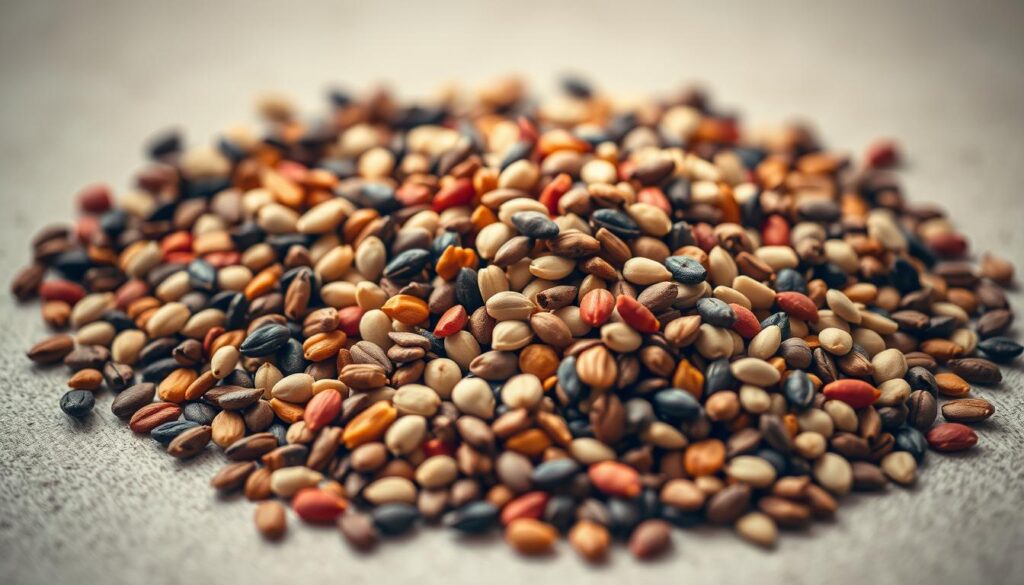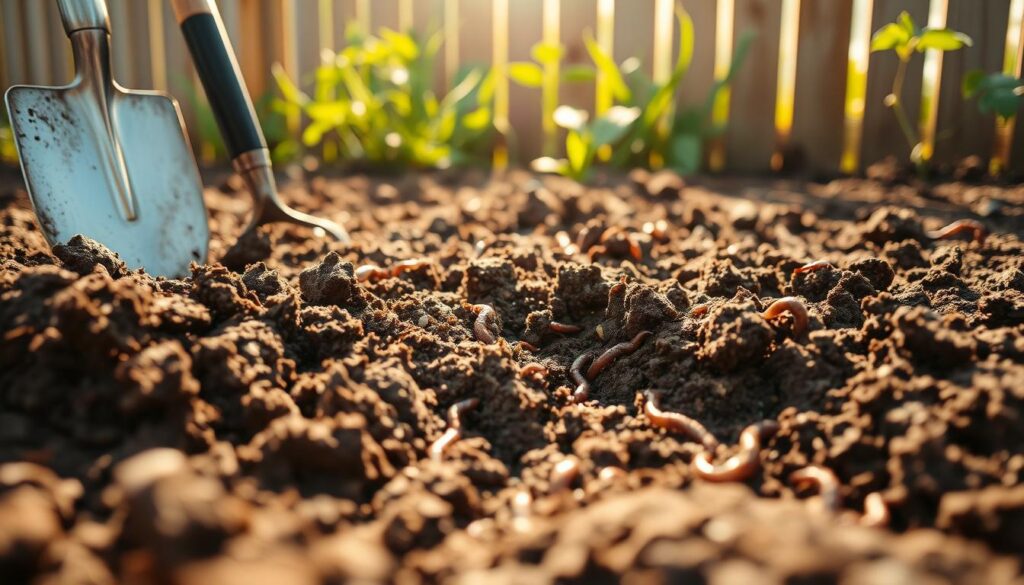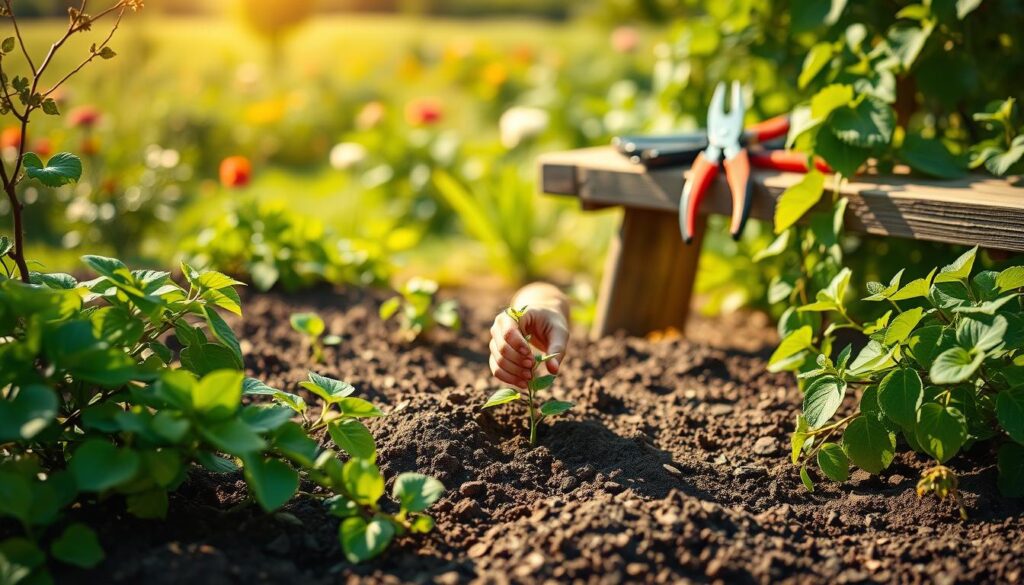Creating a beautiful outdoor space can transform your home and boost your well-being. A well-designed garden not only adds charm but also provides a peaceful retreat. With the right tools, you can easily plan and grow a stunning array of blooms.
Almanac readers have shared inspiring examples, from Woodstock Flower Farm’s 34’x25′ raised beds in Nova Scotia to traditional 41’x59′ rows in Illinois. These layouts showcase the versatility of seed-grown plants, offering vibrant colors and attracting pollinators like bees and butterflies.
Planning your space doesn’t have to be overwhelming. Tools like the Garden Planner simplify the process with features like frost date tracking and mobile access. You can also explore seasonal color planning using a horizontal timeline view, ensuring your space looks amazing year-round.
Ready to get started? Try the free Almanac Garden Planner trial and bring your vision to life. Whether you’re a beginner or an experienced gardener, this tool makes it easy to create your dream outdoor space.
Key Takeaways
- Flower gardens enhance beauty and promote mental well-being.
- Real-world examples include layouts from Nova Scotia and Illinois.
- Attract pollinators with plants like calendula, marigolds, and zinnias.
- Use the Garden Planner for frost date tracking and mobile access.
- Plan seasonal colors with a horizontal timeline view.
- Start your project with a free Almanac Garden Planner trial.
Why Plan Your Flower Garden?
Strategic planning ensures your outdoor area thrives with beauty and purpose. A well-organized layout not only enhances aesthetics but also maximizes functionality. For example, studies show that adding blooms can increase vegetable crop pollination by 40%, making your space more productive.

One of the key benefits of careful preparation is higher yields. A 100-square-foot area can produce 5-7 bouquets weekly, perfect for personal enjoyment or selling. This makes gardening not just a hobby but a potential source of income, with some setups generating up to $2400 annually.
Pest control is another advantage. Planting marigolds can reduce harmful nematodes by 90%, protecting your other plants naturally. This approach minimizes the need for chemicals, creating a healthier environment for both you and your outdoor space.
Beyond practical benefits, daily interaction with your outdoor area can improve mental health. The act of tending to plants has been shown to reduce stress and promote a sense of calm. It’s a rewarding way to connect with nature and enhance your well-being.
Succession planting is another smart strategy. For instance, sweet peas provide early summer blooms, while globe amaranth flowers later in the season. This ensures continuous color and access to fresh blooms throughout the year.
By planning thoughtfully, you can create a space that’s not only beautiful but also functional, productive, and mentally rejuvenating. Start today and see the difference it makes!
Getting Started with a Garden Planner Flower Tool
Embarking on your outdoor project begins with the right tools to guide your vision. A garden planner simplifies the process, helping you organize your space efficiently. Whether you’re a beginner or an expert, these tools save time and ensure success.

Choosing the Right Garden Planner
When start planning, compare features to find the best fit. Seedtime offers over 2,670 preloaded plant varieties with automatic succession scheduling. The Almanac Planner includes soil type filters and 750+ flower varieties, making it ideal for diverse projects.
DIY graph paper methods are an option, but digital tools provide advanced features like frost date integrations. Studies show that 92% of users report better harvests with these integrations, ensuring your plants thrive in the right conditions.
Setting Up Your Garden Planner
Begin by setting location parameters for zone-specific recommendations. This ensures your plants are suited to your climate. Importing seed inventories from suppliers like True Leaf Market simplifies the process, keeping everything in one place.
Alerts for bed preparation two weeks before planting dates keep you on track. If you have vacation conflicts, drag-and-drop rescheduling ensures your project stays organized. These features make planning garden projects stress-free and efficient.
Selecting the Perfect Location for Your Flower Garden
Finding the right spot for your outdoor project is the first step to success. The location you choose impacts everything from plant health to overall aesthetics. Start by evaluating key factors like sunlight and soil conditions to ensure your space thrives.

Evaluating Sunlight and Soil Conditions
Sunlight is crucial for plant growth. Use tools like the Sun Seeker app to map sun patterns throughout the day. This helps you identify areas with full sun, partial shade, or full shade. For example, north-facing spaces may require 20% taller plant spacing to maximize light exposure.
Soil quality is equally important. Test your soil using a $15-$30 kit or invest in a professional analysis for $100. Raised beds, which warm 3-5°F faster than in-ground plantings, are ideal for improving drainage and soil structure. A case study in Ohio showed how 8″ raised beds transformed heavy clay soil into a thriving space.
Designing for Different Outdoor Types
Your design should match your space’s unique needs. For delicate blooms, consider windbreak strategies like planting shrubs or installing barriers. If you’re dealing with heavy soils, drainage solutions like French drains can prevent waterlogging.
Here’s a simple soil amendment recipe to enhance your space:
| Ingredient | Ratio |
|---|---|
| Compost | 4 parts |
| Peat | 1 part |
| Perlite | 1 part |
By focusing on these elements, you can create a space that’s both functional and beautiful. For more tips on outdoor design, visit New Gen Living.
Choosing the Right Flowers for Your Garden
Selecting the right blooms can make your outdoor space vibrant and functional. Whether you’re aiming for a colorful display or a practical cutting area, understanding your options is key. Let’s explore the best choices for your project.

Annuals vs. Perennials
Annuals, like zinnias, offer quick results with 30-50 stems per plant over 12 weeks. They’re perfect for adding instant color. Perennials, such as peonies, provide long-term value. A $3 peony root can produce $150 worth of blooms over five years.
Consider your goals when choosing between these two. Annuals are ideal for seasonal variety, while perennials offer lasting beauty and cost efficiency.
Flowers for Cutting and Bouquets
If you love fresh arrangements, focus on blooms like snapdragons, which last 14 days in vases—double the lifespan of roses. For a balanced cutting area, follow this ratio:
- 30% filler flowers (e.g., baby’s breath)
- 50% focal blooms (e.g., zinnias)
- 20% foliage (e.g., ferns)
This mix ensures you have everything needed for stunning bouquets.
Economic and Practical Considerations
Starting from seeds is often more cost-effective than buying nursery plants. For example, a $2 packet of flower seeds can yield dozens of plants, while nursery starts may cost $5 each. Here’s a quick comparison:
| Option | Cost | Yield |
|---|---|---|
| Seeds | $2 per packet | 30-50 plants |
| Nursery Starts | $5 per plant | 1 plant |
Additionally, consider deer-resistant options like ageratum and lantana to protect your blooms. For fragrance, place night-blooming jasmine near seating areas to enjoy its scent in the evenings.
Integrating native plants can also enhance your space. They’re adapted to local conditions, requiring less maintenance and supporting local wildlife.
Designing Your Flower Garden Layout
A well-thought-out layout can elevate your outdoor space to new heights. By focusing on garden design, you can create a visually appealing and functional area that suits your needs. Start by considering key elements like color schemes and seasonal changes to ensure your space looks stunning year-round.

Creating a Color Palette
Choosing the right color palette is essential for a cohesive look. Cool colors like blue and purple can make your space appear 10% larger, creating a sense of openness. For visual harmony, follow the 60-30-10 rule: 60% dominant color, 30% secondary color, and 10% accent color.
Mood-based designs are another great approach. Calming whites and pastels create a serene atmosphere, while bold reds and oranges energize the space. Consider your personal preferences and the overall vibe you want to achieve.
Planning for Seasonal Blooms
To keep your space vibrant throughout the year, incorporate succession planting. This technique requires three overlapping bloom phases, ensuring continuous color. For example, early spring blooms like tulips can be followed by summer favorites like zinnias and fall stars like chrysanthemums.
Vertical gardening is another smart strategy. Use obelisks or trellises for climbing plants like clematis to add height and interest. Pathways should be at least 18 inches wide for easy access and kneeling while tending to your plants.
Finally, utilize microclimates in your space. South-facing areas warm up faster, making them ideal for early bloomers. By thoughtfully designing your layout, you can create a space that’s both beautiful and practical.
Preparing Your Garden Beds and Soil
Healthy soil and well-prepared beds are the foundation of a thriving outdoor space. Proper preparation ensures your plants grow strong and vibrant. Let’s explore how to test and amend your soil, as well as build raised beds and borders for optimal results.

Soil Testing and Amendments
Start by testing your soil to understand its pH and nutrient levels. A simple kit or professional analysis can provide valuable insights. For example, adding a 3″ compost layer can increase water retention by 40%, helping your plants thrive in dry conditions.
Adjusting pH is also crucial. Here’s a quick guide for common blooms:
| Plant Type | Optimal pH |
|---|---|
| Roses | 6.0-6.5 |
| Lavender | 6.5-7.5 |
| Hydrangeas | 5.0-6.0 |
Lasagna layering is another effective technique for no-dig beds. Alternate layers of compost, straw, and leaves to create nutrient-rich soil without tilling.
Building Raised Beds and Borders
Raised beds offer numerous benefits, including improved drainage and soil warmth. Cedar beds last 10-15 years, while pine lasts 5-7. Hugelkultur beds, which use logs and organic matter, can reduce watering needs by 60%.
When choosing borders, consider cost and durability. Fieldstone costs $7 per foot, while timber is $3 per foot. Both options add structure and style to your space.
For pest control, soil solarization is a natural solution. Cover the area with clear plastic for 4-6 weeks during hot weather to eliminate harmful organisms. This method is both effective and eco-friendly.
By focusing on soil health and bed construction, you can create a space that supports robust growth and beauty. Start preparing today for a thriving outdoor area tomorrow!
Planting and Caring for Your Flower Garden
Nurturing your outdoor area starts with proper planting and care techniques. Whether you’re a beginner or an experienced enthusiast, these tips will help you create a thriving space. From spacing to watering, every detail matters.

Planting Techniques and Spacing
Proper spacing ensures healthy growth and prevents overcrowding. For example, marigolds need 8-12 inches between plants, while zinnias thrive with 6-12 inches. Use a depth chart to plant seeds at the right level. Most seeds require 2-3 times their diameter in depth.
Companion planting is another smart strategy. Pairing marigolds with roses can reduce pests like aphids by 90%. This natural method keeps your space healthy without chemicals.
Watering and Fertilizing Tips
Morning watering reduces mildew by 70%, making it the best time to hydrate your plants. Use a soaker hose for even distribution and to conserve water. Overhead watering can lead to fungal issues, so avoid it when possible.
Fertilizing is equally important. A 5-10-10 fertilizer boosts bloom production by 25%. Apply it every 4-6 weeks during the growing season for optimal results. For a natural option, try a DIY neem oil spray to deter pests and nourish your plants.
Deadheading spent blooms encourages continuous flowering. For support, use netting for delicate stems or tomato cages for heavier plants. Overwintering techniques, like mulching, protect perennials in colder zones.
Conclusion
Transforming your outdoor area into a stunning retreat is easier than you think. With the right plan, you can create a space that’s both beautiful and functional. Studies show that 78% of enthusiasts report higher satisfaction when using digital tools, cutting design time from 8 hours to just 45 minutes.
Start by downloading free templates to guide your process. Share your progress with the community using #BloomPlan2024 for inspiration and feedback. Don’t forget to grab a seasonal checklist to stay on track throughout the year.
Remember, progress happens step by step. Whether you’re refining your ideas or planting your first blooms, every effort counts. Your dream space is within reach—start today!

